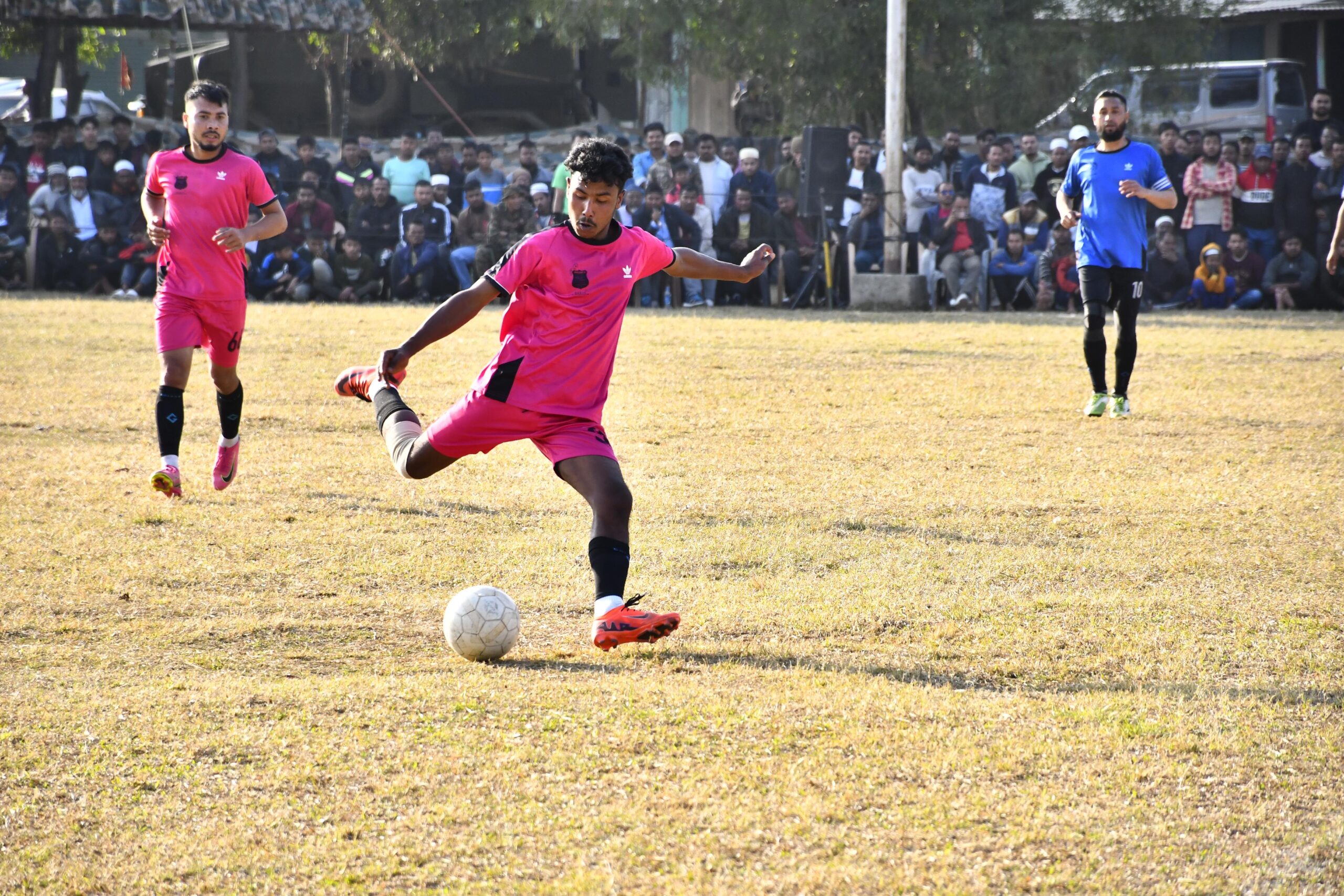New Delhi: International animal welfare organization World Animal Protection, along with National Disaster Response Force (NDRF), Veterinary Emergency Response Unit (VERU) East Zone, Department of Animal Husbandry, Assam, West Assam Milk Producers Cooperative Union Limited (WAMUL) and local communities in organizing mobile veterinary treatment camps for animals affected by the floods in Assam.
Till now the camps have been organized in five villages, covering 694 households and providing treatment to 3912 animals.
“The animal health check-up and veterinary camp in flood-affected areas jointly organized by VERU, in collaboration with World Animal Protection have been a great help to the villagers of Assam. Medical advice is also being provided to farmers for regular de-worming and vaccination against various diseases. The veterinary team is also giving guidance on the management of animals during flood season, care, and management during pregnancies of animals & rearing of the calf,” said Randhir Singh Gill, Commandant, 1st NDRF Battalion, Guwahati.
Heavy monsoon rains caused floods, landslides, and destruction in Assam in July 2020. Two mighty rivers, Brahmaputra and Barak, and their tributaries have flooded almost all of the 33 districts in Assam.
Many rural economies and livelihoods have been destroyed. According to government reports, 2,543 villages in Assam are affected, 136 people lost their lives and approximately 50,000 people are residing in relief camps.
A total of 143 animals have died in the Kaziranga National Park and 165 have been rescued. More than 2.3 million farm animals have been affected in Assam.
Many animals in flooded areas are stressed and stranded in contaminated floodwaters and are at risk of parasites, infection, diseases, and injuries.
“Veterinary doctors, nursing staff & representatives from NDRF and VERU are treating the animals for hump shore, anorexia, diarrhoea, cough, fever gastritis, bloat, etc. Such camps are crucial to help the animals in the region and also to restore the livelihood of poor people,” said Dr Ditul, Disaster Liaison Officer, VERU East Zone.
World Animal Protection will continue to organize these veterinary treatment camps in 15 more villages that have been severely affected by the floods.
This response is also a reminder for the need for a state-level disaster management plan for animals in Assam.
“It is important that we don’t forget animals in times of natural calamities. We urge the Government of Assam, to formulate a state-level disaster management plan for animals to protect animals from future disasters. It is also essential that the welfare of animals is integrated into all disaster management and disaster risk reduction programmes of the government. We also appeal to all veterinary officials and students to complete the PrepVet training module of World Animal Protection and enhance their skills of caring for animals during disasters,” said Gajender K Sharma, Country Director, World Animal Protection India.
While disaster response rightly prioritizes people’s immediate needs, the long-term recovery from disasters is inextricably linked with the well-being of their animals.
Communities and people affected by the floods in Assam heavily rely on animals and agriculture to make ends meet and in this critical stage, the recovery from the floods by saving animals will provide stability for their future.
* For more information, photos, and videos or to arrange an interview please contact sahilsharma@worldanimalprotection.org.in
* About one billion of the world’s poorest people rely on horses, livestock, and other animals for food, transport, and their livelihoods. Domestic animals play their part too, providing valued companionship.
* World Animal Protection has been working actively with governments,
ANI


















